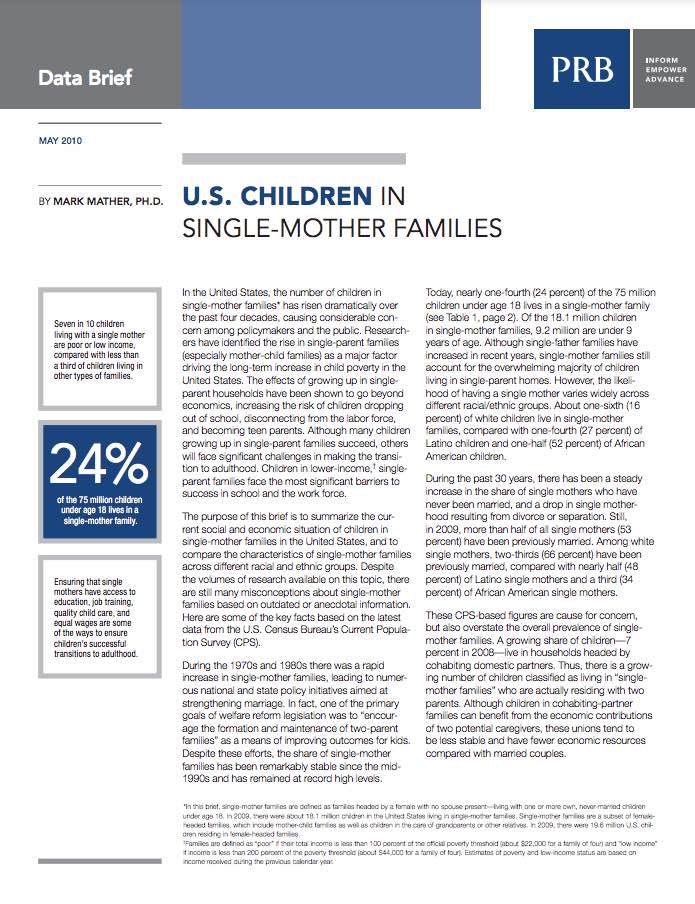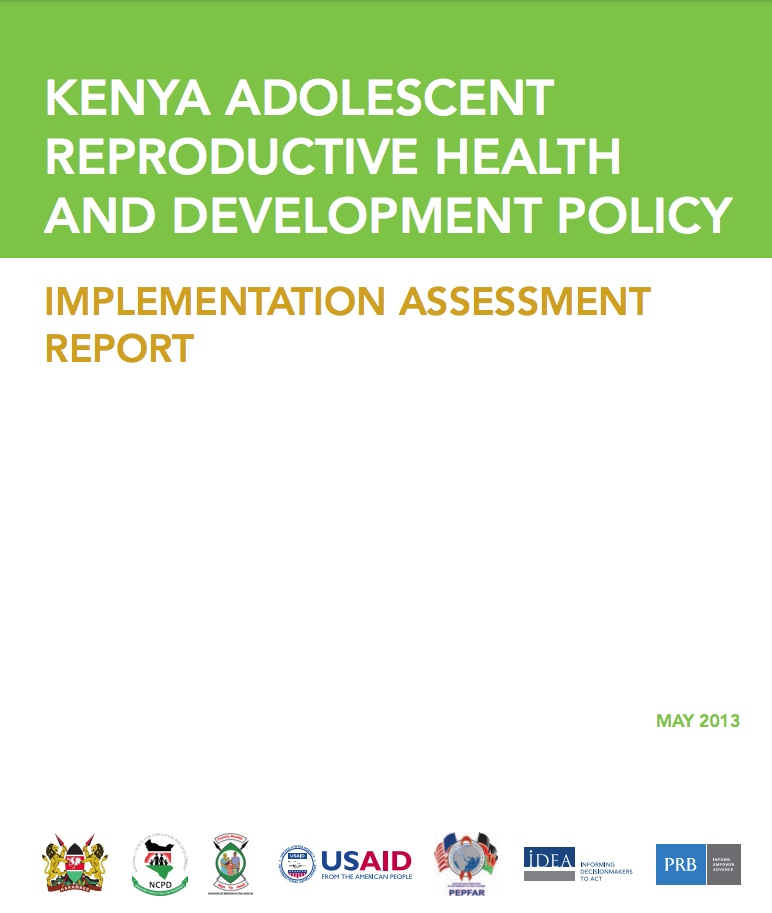Patterns of Poverty in America
(2002) New data from the U.S. Census Bureau show that 12.4 percent of the U.S. population — about 34 million people — were below the poverty level in 1999.* The data, which include the first information available from the 2000 Census long form, show wide disparities in poverty levels among states and local areas.





